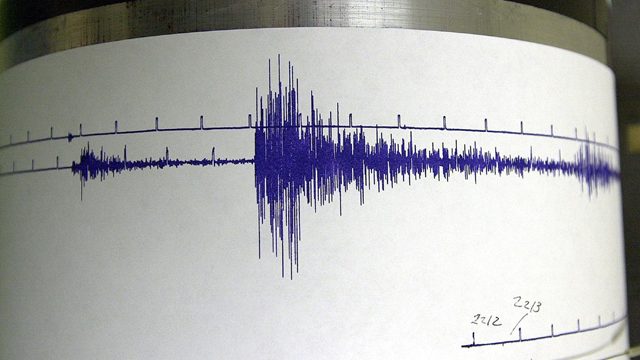The umbrella of Californians ready to benefit from affordable health care in the state is both wide and multifaceted.
According to a projection model created by researchers at UC Berkeley and UCLA, titled CalSIM, there are close to 7 million people without health insurance in California who could potentially sign up under the new law.
“The Affordable Care Act and especially what Covered California has done is really made a
game-changer,” said Dana Howard, a spokesperson for the health insurance marketplace.
Howard said that figure of 7 million people can be broken down a number of ways.
For starters, the CalSIM model estimates that about 1.4 million people will be newly-eligible for
Medi-Cal, since the Affordable Care Act expands the program’s eligibility to 138 percent of the federal poverty level.
For an individual, that would be around $15,900 a year. A family of four would need to earn less than $32,500 to qualify.
Another significant change for the Medi-Cal population is that childless adults will now also be eligible, whereas they were ineligible before.
Local
Howard said the remaining pool of uninsured Californians is made up of roughly 5.3 million people, about half of whom are eligible for subsidies.
According to Charles Bacchi, executive vice president for the California Association of Health Plans, those subsidies will serve as a major boost for many California families.
“If you’re eligible for subsidies and you’re at the lower end of the income scale, they are incredibly meaningful,” Bacchi said.
As you move higher up the eligibility scale, however, which tops out at 400 percent of the poverty line (about $46,000 for one person for $94,000 for a family of four), those subsidies lose some of their potency.
“As you get above 400 percent of the federal poverty line and you’re paying full freight, that’s where the enrollee will be paying the full share of their insurance in California,” Bacchi continued.
And as both Bacchi and Howard point out, the full share of an insurance plan under Covered California could end up being more money than a consumer was paying before, depending upon age, area and number of people on the plan.
Nonetheless, Covered California still represents a better deal for some people, even if they’re not eligible for subsidies and even if they already have insurance through an employer.
“People who are younger, who make a lot of money could potentially see their rates go up from what they were paying before,” Howard said. “But while their rates are going up, their benefits are also getting better.”
That’s because the Affordable Care Act requires all insurance companies to meet a ‘minimum essential benefit level’ that raises the overall quality of coverage.
Additionally, insurance companies can no longer deny coverage to an individual because of a preexisting condition.
“If you’re talking about going from $200 a month to maybe $230 a month [in premiums], but yet you’re getting better cost-sharing, and you’re getting better coverage, and you’re having lower out-of-pocket costs,” Howard said, “and you’re having a lower deductible, well that spells to me that you’re either coming out at a wash or even better!”
For folks who already have an insurance plan through their employer but are seeking better options, they can absolutely drop their coverage and buy on Covered California.
The one caveat is that most of those people will likely not qualify for subsidies, making the economics of a switch questionable.
“You can drop coverage from your employer and go buy coverage in the exchange or outside of the exchange if you think it’s a better deal for you,” Bacchi said.
He cautioned consumers to really crunch the numbers, however, before making the move.
“It’s going to be difficult [to save money] if you don’t qualify for subsidies, because you’ll be leaving the employer’s contribution on the table, and it’s doubtful you’d be saving money unless you’re eligible for subsidies.”
Howard said that you in fact can become eligible for subsidies on Covered California, even if you have an insurance plan through work, but you must be spending at least 9.5 percent of your paycheck on health care.
For more insight on who is eligible for aid and how you can best maximize your money, stay tuned to NBC Bay Area.



